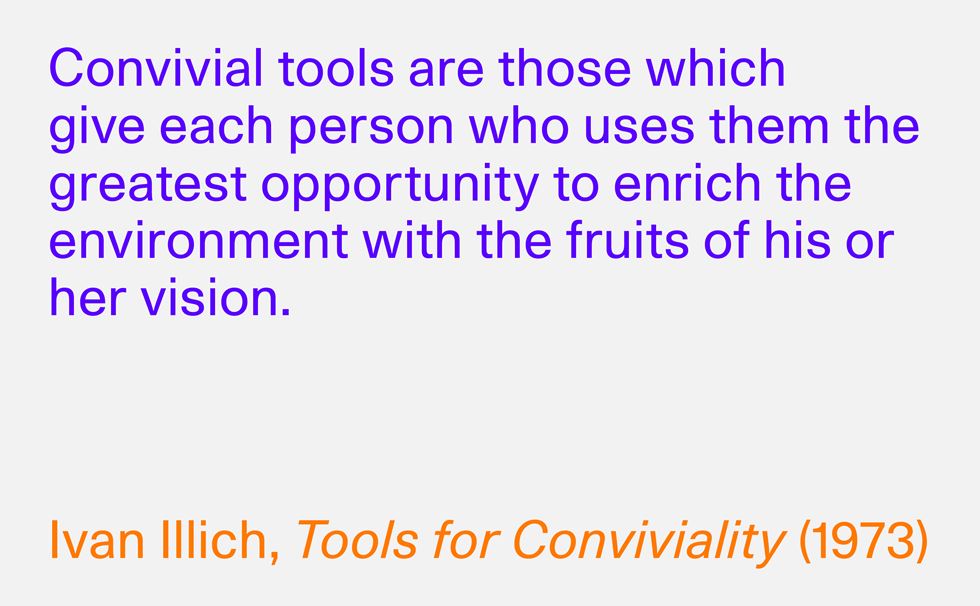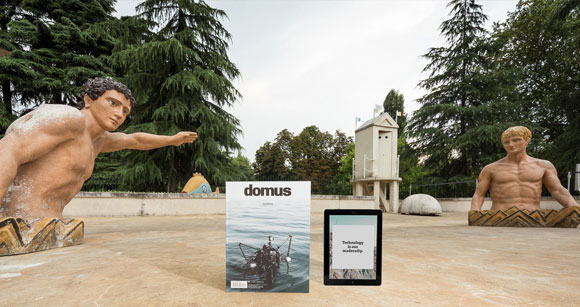
I was thrilled to be part of the Design Museum’s Convivial Tools symposium, which re-examined the legacy and work of the late Austrian philosopher Ivan Illich, focusing particularly on his 1973 book Tools for Conviviality. Illich argued that the nature of modern ‘tools’, from machines to schools, had the effect of making people dependent and undermined their own natural abilities. What he called “convivial tools†were those that encouraged people to think for themselves and be more socially engaged.
Convivial Tools was a programme of talks, debates and workshops exploring new strategies for a more cooperative society. Using Ivan Illich’s concept of “convivialityâ€, it brought together designers, artists, media theorists, curators, and social thinkers from diverse fields to examine current tools and technologies that encourage alternative modes of production and social relations.
I was happy to discuss the “de-schooling” facets of the 4th Istanbul Design Biennial, A School of Schools, and to take part in a day of incredible discussions and insights.



